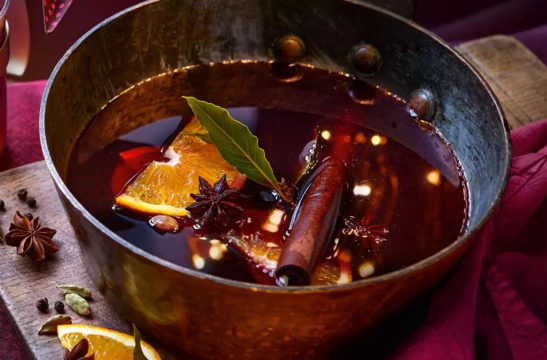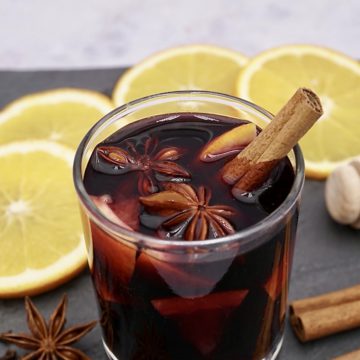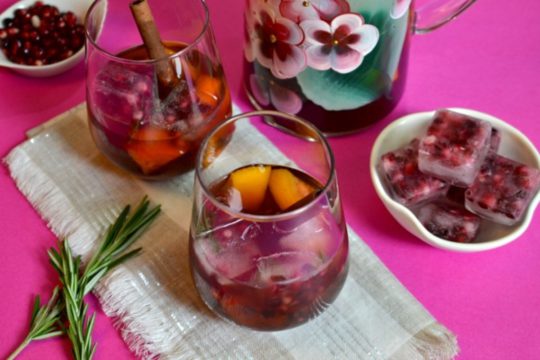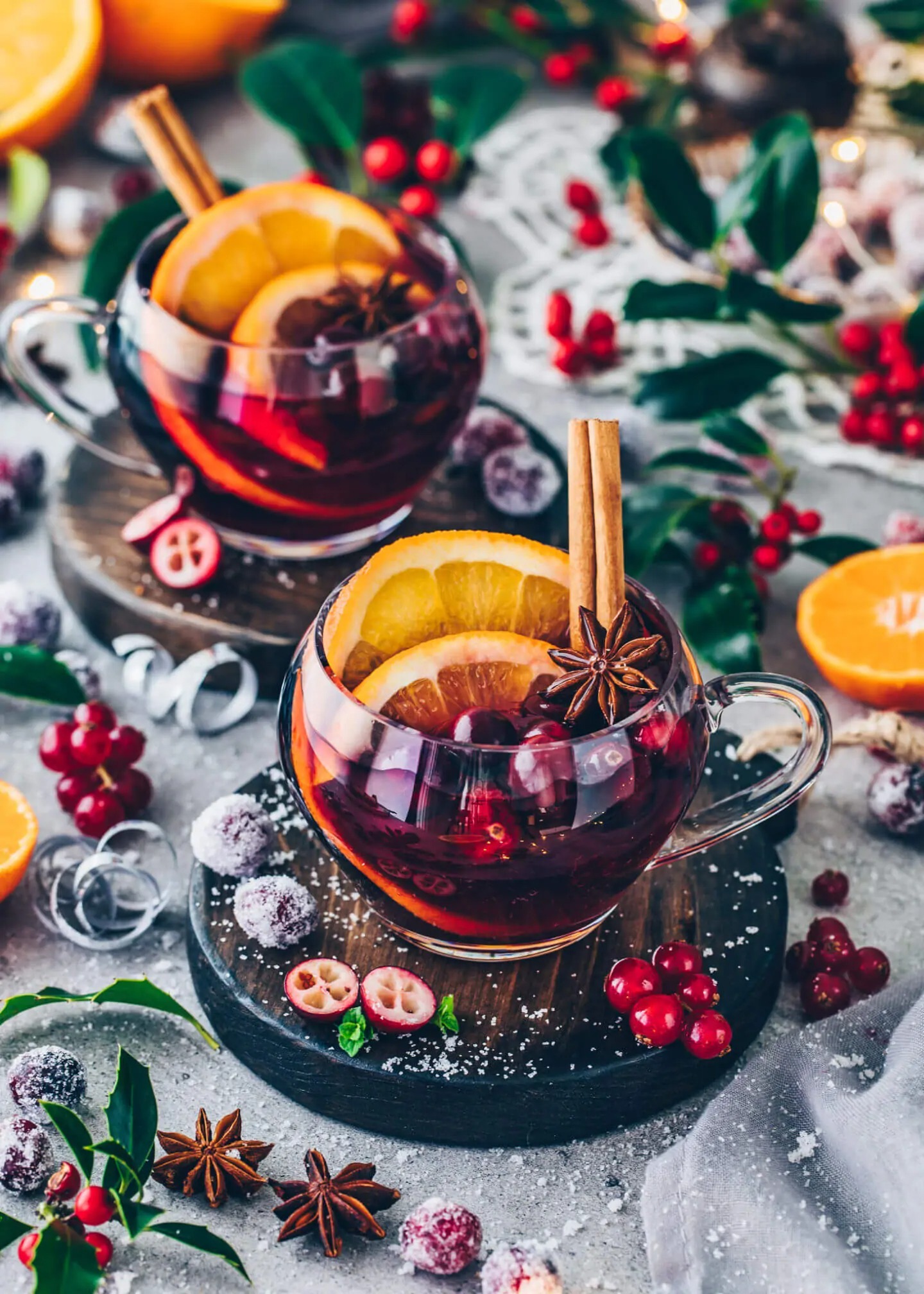During the year-end “season of sharing,” Balidiscovery.com wants to share its version of a time-honored recipe for a yuletide libation with an added tropical twist modified for those living in tropical climes like Bali.
Spiced or mulled wine served hot is a traditional holiday drink in many places. Variations on the basic recipe go by a variety of names. In Great Britain and the U.K., the drink is known as “spiced” or “mulled” wine.’ Usually during the northern hemisphere winter and year-end holidays, this libation can be found in Germany, Austria, Switzerland, Croatia, Scandinavia, and parts of France. You’ll even find non-alcoholic variations or, on the other end of the spectrum, fortified versions like the Polish recipe type made with vodka found in Warsaw Christmas Markets.
Spiced wine, by whatever name, is an ancient drink that has stood the test of time. Researchers have found the earliest written mention of mulled wine in Roman literature from the 2nd century BC. Roman legions brought the beverage to the Rhine and Danube rivers and further afield to the Scottish border.
What’s more, a medieval English cookbook, “Forme of Cury,” written in 1390, shares a mulled wine recipe mentioning cinnamon, ginger, galangal, cloves, long pepper, nutmeg, marjoram, cardamom, and rosemary combined with red wine and served hot.


We enjoy mulled wine every year, but in deference to our tropical climate in Bali, we often choose to serve it chilled. Along the way, we’ve discovered the recipe works equally well with white or red wine. If you feel lavish, substitute a white, red, or rose méthode champenoise varietal. Be sure to report back and tell us how it goes with your rendition of chilled mulled wine.
The recipe for mulled wine is a generalized list of possible ingredients. Add or omit ingredients as you like, constantly using a large spoon to taste the admixture, adjusting sweetness and spiciness as you go.
Generalized Recipe for Mulled Wine
- For every pint of wine, add one large cupful of water.
- Sugar (white or brown) to taste, dissolving sugar by boiling in the boiling wine and water
- Spice in quantities to taste, including:
- Cloves
- Grated nutmeg
- Cinnamon or mace
- Ginger
- Galangal
- Star Anisette
- Aniseed
- Orange slices garnished with cloves as a garnish
- Cinnamon sticks for use as a stirrers/garnish
The amount of sugar and choice of spices is a matter of personal taste and is dictated mainly by the type of wine used. For instance, using a claret or other dry red wine will require increased sugar, while sweet wines require less sugar.

Think of Mulled Wine as a style of fruit punch. Add any of a wide range of washed fruits, including apples, orange slices, berries of any sort, or pomegranates.
We’ve never made Gluhwein or Mulled wine the same way twice. Be guided completely by tastings done during the preparation process.
Related Links
Stay Informed on Bali Tourism-Related News: Subscribe to Bali Update






